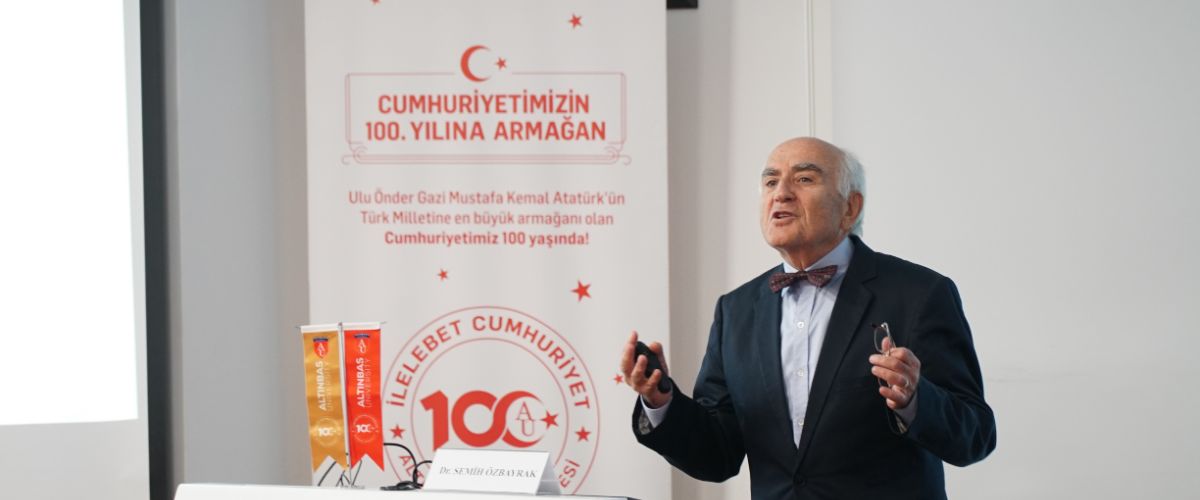Smokers 6 Times More at Risk of Oral Cancer
Smoking causes more than 8 million deaths worldwide every year. Prof. Dr. Semih Özbayrak from Altınbaş University Dental Hospital emphasized that smoking increases the risk of oral cancer 5-6 times.
More than 8 million people in the world and 83 thousand people in Türkiye die every year due to smoking. It is among the data shared that 40 percent of these deaths are caused by heart diseases, 30 percent by cancer and 20 percent by respiratory diseases.
Cigarettes cause many types of cancers such as lung, larynx, heart attack, bronchial-pulmonary insufficiency, but also have harmful effects on the soft tissues in the mouth, which they first come into contact with.
Prof. Dr. Semih Özbayrak from Altınbaş University Dental Hospital made important statements about how smoking affects oral and dental health on May 31, World No Tobacco Day.
Stating that smoking increases gingivitis and causes the bone surrounding the tooth to melt and cause tooth loss, Prof. Dr. Semih Özbayrak underlined that this situation is more likely to occur in smokers than non-smokers.
Prof. Dr. Özbayrak stated that in addition to cigarettes, hookah and electronic cigarettes, which are used in the society with the idea that they are less dangerous, cause discoloration of the oral mucosa, tooth rust / stone formation and bad breath, and said that the carcinogenic effect of all these products is at a non-negligible level due to the chemical solvents they contain. Prof. Dr. Özbayrak spoke about the risk of cancer as follows:
“Smoking can cause precancerous (potentially cancerous) formations in the oral mucosa by reducing tissue resistance. These precancerous symptoms are likely to develop into oral cancer after a while when the conditions are met. It is known that smokers are 5-6 times more likely to develop oral cancer than non-smokers. Of the more than 4000 compounds in tobacco smoke, 30-40 have a particularly carcinogenic effect. The risk grows and increases 6-15 times, especially in those who continue tobacco and high concentration alcohol habits together and in people over the age of 50.”
Stating that the white layer-shaped images in the mouth also occur due to cigarette use, Özbayrak said, “With the use of cigarettes for many years and intensively, white layer-shaped images that are slightly higher than the environment, sometimes with a wavy appearance, may appear. When it is on the floor of the mouth, it can be seen as transverse lines. They usually do not cause complaints. In its simplest form, leukoplakia is related to an increase in the callus layer of the mucosa. This increase appears white in wet environments. It is a more common picture in men.”
Emphasizing that early diagnosis is very important in oral cancers, Prof. Dr. Özbayrak from Altınbaş University said, “The most important feature of the mouth is that there is a chance to examine directly and visually, which is not possible in any other body cavity. In this respect, in order to increase the rate of early diagnosis of oral cancers, all soft tissues in the mouth should be examined with routine dentist control, and a wound that does not heal within 2 weeks should be checked.”


